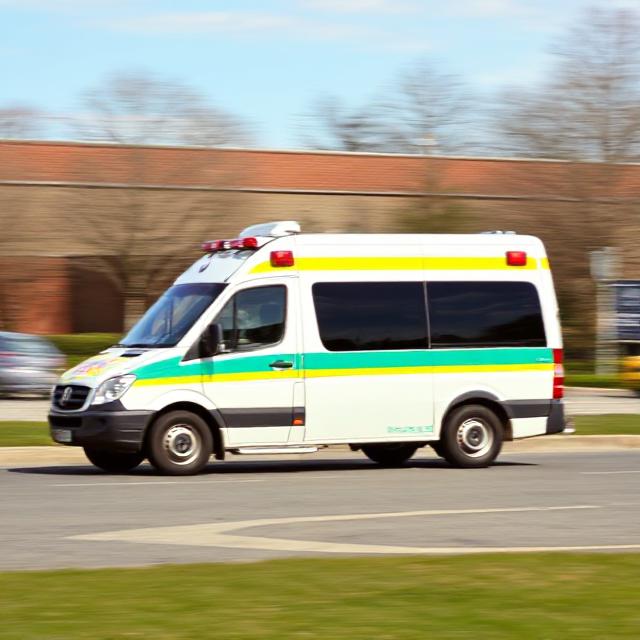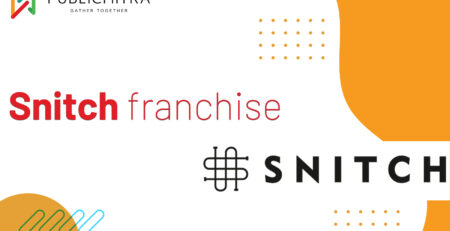Blinkit 10-Minute Ambulance Service: Revolutionizing Emergency Healthcare in Urban India
In January 2025, Blinkit quietly launched what could become one of India’s most transformative healthcare initiatives. Starting with just five ambulances in Gurugram, the quick-commerce giant has reimagined emergency medical services by applying the same 10-minute delivery promise that made them famous for groceries and essentials. This groundbreaking venture represents more than just another service expansion—it’s a potential paradigm shift in how urban India approaches emergency healthcare.
The Genesis of Blinkit’s Emergency Healthcare Vision
Blinkit’s ambulance service began in Gurugram with five ambulances, announced by CEO Albinder Dhindsa, aiming to address the challenge of providing reliable ambulance services in urban areas. The concept emerged from a simple yet powerful question: if groceries can reach customers in 10 minutes, why can’t emergency medical help?
The service launched as a pilot program, carefully designed to test the feasibility of rapid emergency response in one of India’s most congested urban areas. Since launch, the service has responded to 594 calls, with 50% classified as critical emergencies, achieving an impressive 83% success rate in reaching patients within 10 minutes.
This achievement is particularly remarkable considering the complex logistics involved in emergency medical services compared to traditional delivery operations. Unlike packages, medical emergencies require trained personnel, specialized equipment, and the ability to navigate traffic while maintaining life-saving capabilities.
Comprehensive Basic Life Support Capabilities
Blinkit’s ambulances aren’t just transport vehicles—they’re fully equipped mobile medical units designed to provide Basic Life Support (BLS) services. Each ambulance is equipped with essential medical equipment including oxygen cylinders, automated external defibrillators (AED), stretchers, monitors, suction machines, and emergency medicines.
The medical team composition reflects Blinkit’s commitment to professional healthcare delivery. Each ambulance team includes a paramedic, an assistant, and a trained driver, ensuring that patients receive immediate professional medical attention from the moment the ambulance arrives.
This equipment standard meets and often exceeds traditional BLS ambulance requirements. The inclusion of AEDs is particularly significant, as these devices can be crucial in cardiac emergencies where every second counts. The comprehensive medical kit ensures that common emergency scenarios—from cardiac events to trauma cases—can be addressed immediately on-site.
Scaling Operations: From Pilot to Expansion
The service’s rapid evolution demonstrates Blinkit’s confidence in the model’s viability. Blinkit has expanded its ambulance fleet to 12 vehicles in Gurugram and is building an in-house paramedic training programme. This expansion represents a 140% increase in fleet size within just six months, indicating strong demand and operational success.
The development of an in-house paramedic training program signals Blinkit’s long-term commitment to the healthcare sector. Rather than relying solely on external medical personnel, the company is investing in creating a standardized training protocol that aligns with their operational requirements and quality standards.
This internal training approach offers several advantages: consistent service quality, better integration with Blinkit’s technology platform, and the ability to scale operations more predictably as the service expands to new cities.
Technology Integration and User Experience
Blinkit’s ambulance service leverages the same technological infrastructure that powers their successful quick-commerce operations. Users can book ambulances directly through the existing Blinkit app, eliminating the need for separate platforms or complex booking procedures during emergencies.
The integration of emergency services into a familiar consumer app represents a significant advancement in healthcare accessibility. During medical emergencies, the last thing users want is to navigate unfamiliar interfaces or lengthy registration processes. By using their established platform, Blinkit ensures that emergency medical help is literally at users’ fingertips.
The service maintains transparency through real-time tracking capabilities, allowing family members and healthcare facilities to monitor ambulance location and estimated arrival times. This feature reduces anxiety during critical moments and enables better coordination with receiving hospitals.
Addressing Urban Healthcare Challenges
India’s urban healthcare infrastructure faces significant challenges, particularly in emergency response. Traditional ambulance services often struggle with delayed response times, limited availability, and inconsistent service quality. Traffic congestion, unclear addressing systems, and coordination issues between different service providers compound these problems.
Blinkit’s approach addresses several of these systemic issues. Their extensive delivery network provides intimate knowledge of local geography, traffic patterns, and optimal routing strategies. The company’s existing dark store infrastructure offers potential staging points for ambulances, reducing response times through strategic positioning.
The service is priced at a flat Rs 2,000 fee, providing cost transparency that’s often missing in traditional emergency medical services. This pricing model eliminates the uncertainty and potential exploitation that can occur during medical emergencies.
Impact on Emergency Medical Response Standards
The success metrics achieved by Blinkit’s ambulance service are setting new benchmarks for emergency medical response in Indian cities. The 83% success rate in 10-minute response times significantly exceeds typical urban ambulance performance, where response times often extend to 30 minutes or more.
This performance improvement isn’t just about speed—it’s about saving lives. Medical research consistently demonstrates that rapid response times in emergencies like cardiac arrest, stroke, or severe trauma can dramatically improve patient outcomes and survival rates.
The service’s impact extends beyond immediate medical care. By demonstrating that rapid, reliable emergency response is achievable in Indian urban environments, Blinkit is potentially catalyzing improvements across the entire emergency medical services sector.
Professional Recognition and Medical Community Response
The service has received commendation from AIIMS doctors, indicating acceptance from India’s premier medical institutions. This professional endorsement is crucial for building trust and credibility in the healthcare sector, where reputation and medical accuracy are paramount.
Healthcare professionals’ positive response suggests that Blinkit’s approach aligns with established medical protocols and standards. The BLS equipment configuration and staffing model appear to meet clinical requirements while improving accessibility and response times.
Challenges and Future Considerations
Despite early success, scaling emergency medical services presents unique challenges. Regulatory compliance across different states, coordination with existing healthcare systems, and maintaining service quality during rapid expansion require careful management.
The integration with hospital systems and coordination with existing emergency services will be crucial for long-term success. Emergency medical services operate within complex healthcare ecosystems that include hospitals, government agencies, and insurance providers.
Training and retaining qualified medical personnel at scale represents another significant challenge. The healthcare sector faces ongoing staffing shortages, and Blinkit’s expansion will require substantial investment in human resources and training programs.
Implications for India’s Healthcare Landscape
Blinkit’s ambulance service represents a broader trend of technology companies entering healthcare delivery. This intersection of quick commerce logistics and medical services could reshape how Indians access emergency care, particularly in urban areas.
The service model demonstrates that private sector innovation can address public healthcare challenges without necessarily requiring government intervention. By leveraging existing infrastructure and technology platforms, companies can rapidly deploy healthcare solutions that complement traditional medical systems.
Future Expansion and Scalability
The pilot program’s success in Gurugram positions Blinkit for potential national expansion. However, each new city will present unique challenges related to traffic patterns, healthcare infrastructure, and regulatory requirements.
The company’s expansion strategy will likely focus on metropolitan areas where their existing quick-commerce operations provide operational synergies. Cities like Delhi, Mumbai, Bangalore, and Hyderabad represent natural next steps for service rollout.
International expansion could eventually follow, particularly in markets with similar urban density and traffic challenges. The model’s success in India could provide a blueprint for emerging markets facing comparable healthcare accessibility issues.
Conclusion: Redefining Emergency Healthcare Accessibility
Blinkit’s 10-minute ambulance service in Gurugram represents more than a successful pilot program—it’s a proof of concept for reimagining emergency healthcare delivery in urban India. By applying quick-commerce principles to medical emergencies, the company has demonstrated that rapid, reliable, and affordable emergency medical response is achievable.
The service’s early success metrics, professional endorsements, and rapid scaling indicate strong market demand and operational viability. As Blinkit continues expanding this service, it may well establish new standards for emergency medical response across Indian cities.
The intersection of technology, logistics, and healthcare exemplified by Blinkit’s ambulance service points toward a future where medical emergencies are addressed with the same efficiency and reliability that consumers now expect from their daily essential deliveries. In a country where healthcare accessibility remains a significant challenge, such innovations offer hope for more equitable and effective medical care for all urban residents.
This transformation from a simple grocery delivery app to a comprehensive emergency medical service provider illustrates the potential for technology companies to address critical social needs while building sustainable business models. As other quick-commerce players observe Blinkit’s success, the emergency healthcare sector may see increased competition and innovation, ultimately benefiting consumers across India’s urban landscape.












